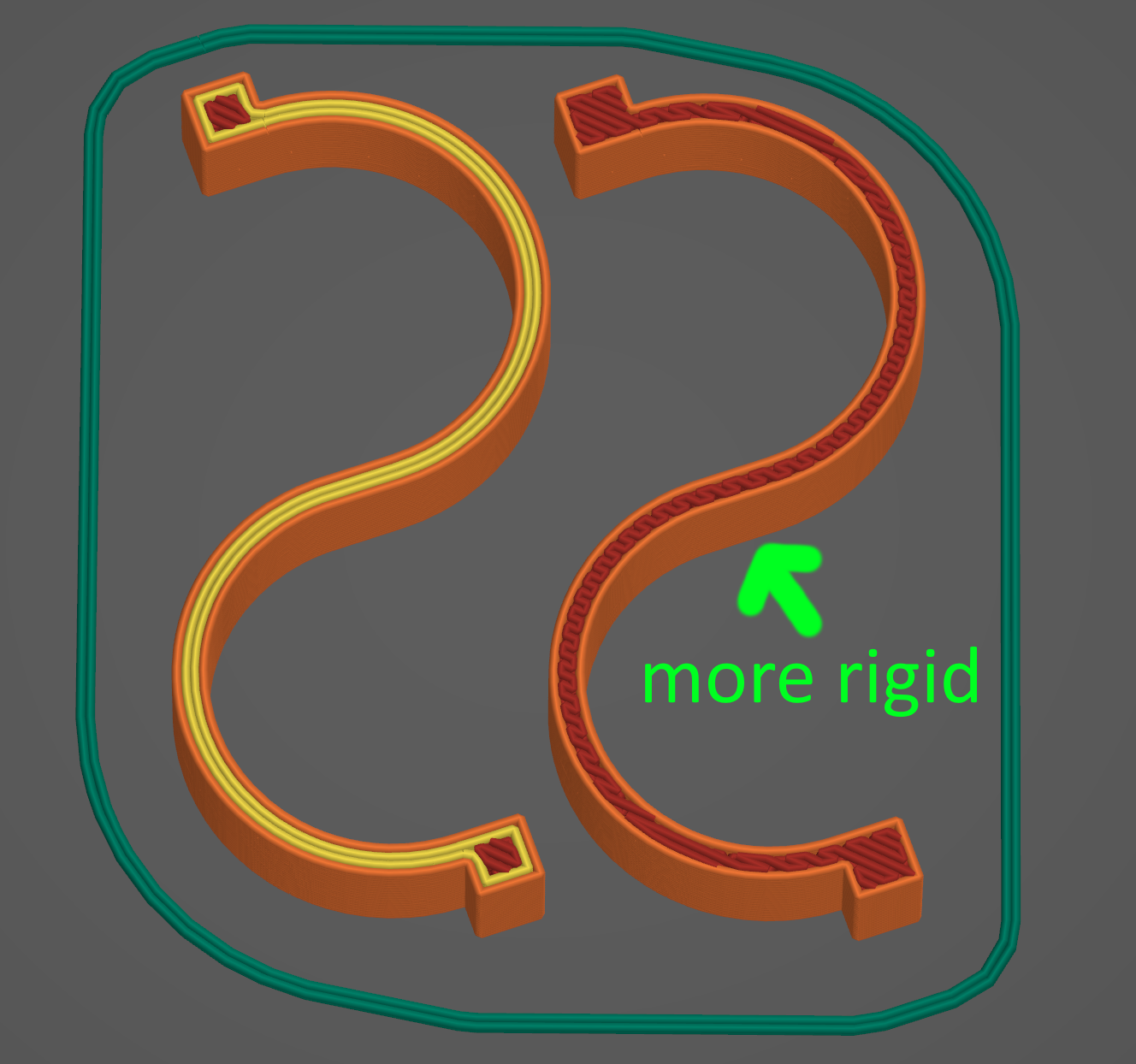3DPrinting
3DPrinting is a place where makers of all skill levels and walks of life can learn about and discuss 3D printing and development of 3D printed parts and devices.
The r/functionalprint community is now located at: or [email protected]
There are CAD communities available at: [email protected] or [email protected]
Rules
-
No bigotry - including racism, sexism, ableism, homophobia, transphobia, or xenophobia. Code of Conduct.
-
Be respectful, especially when disagreeing. Everyone should feel welcome here.
-
No porn (NSFW prints are acceptable but must be marked NSFW)
-
No Ads / Spamming / Guerrilla Marketing
-
Do not create links to reddit
-
If you see an issue please flag it
-
No guns
-
No injury gore posts
If you need an easy way to host pictures, https://catbox.moe/ may be an option. Be ethical about what you post and donate if you are able or use this a lot. It is just an individual hosting content, not a company. The image embedding syntax for Lemmy is 
Moderation policy: Light, mostly invisible
view the rest of the comments

Really interesting! I wonder what would happen if you combine these two properties. Suppose some length of the middle is all walls, and the hooks are infill, or vice versa. Is there an optimal mix that maximizes the weight it can support in your testing, or have you found the optimal configuration (with infill along the entire length) already?
I haven't done any tests where the tensile/breaking strength is relevant, just rigidity. Maybe it's possible to optimize the infill based on finite element analysis or something, but that's not a rabbit hole I'm looking to go down.
I have tested that an all-walls sandwich (PrusaSlicer "solid infill every 3 layers") does not improve rigidity. So far nothing beats 1-wall + rectilinear in that department.